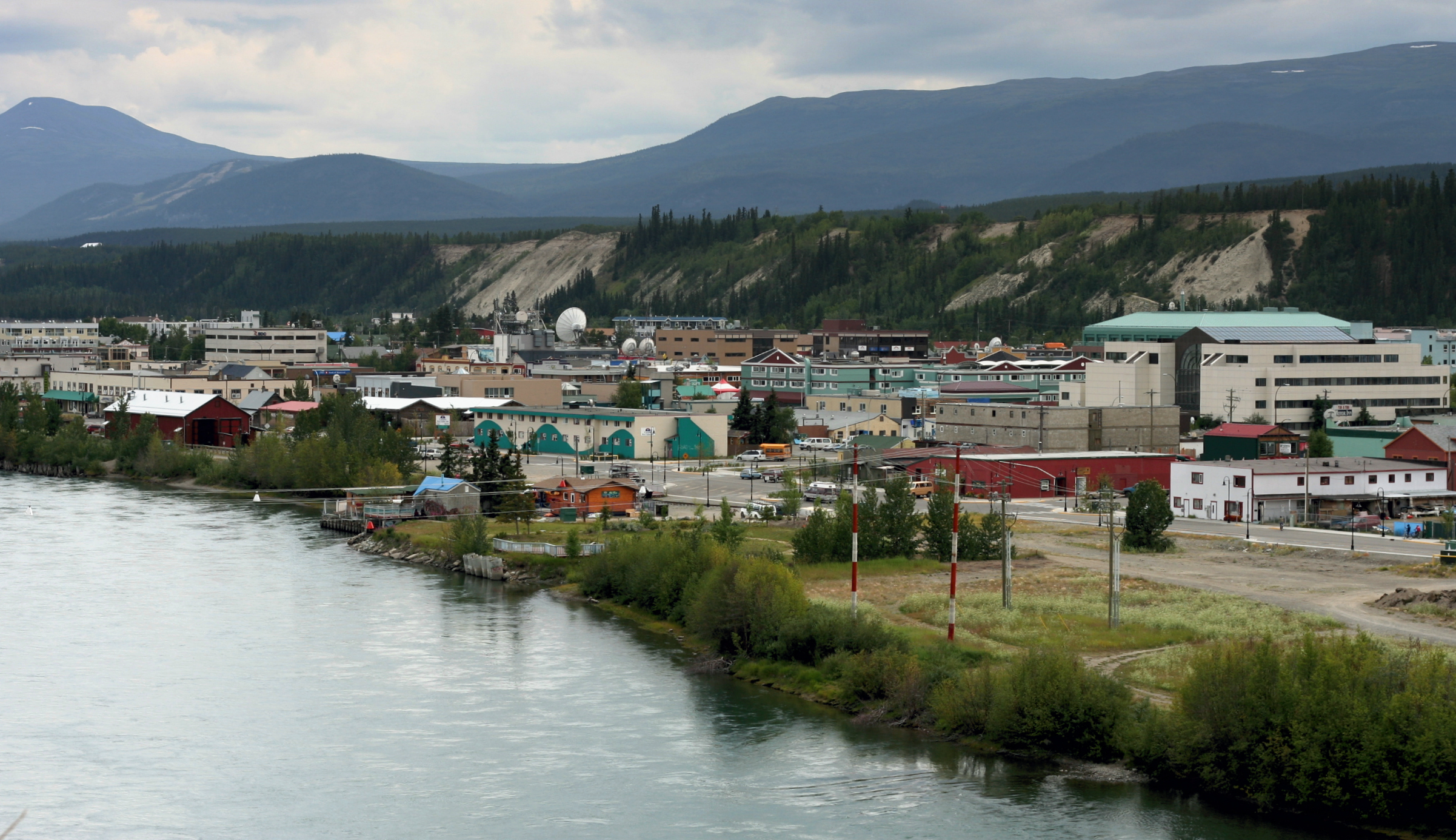Yukon’s new climate-action strategy calls for electric cars, energy-efficient mines and wildfire preparation
A draft of the strategy was released last month and officials are seeking public feedback.

A new roadmap for climate and energy policy in Canada’s Yukon Territory calls for a 30 percent reduction in greenhouse gas emissions over the next decade and a big shift to electrical vehicles, among other changes.
The strategy, titled Our Clean Future, was released in draft form in mid-November. It seeks to address climate change impacts that have already happened, to mitigate and possibly prevent future impacts and to secure a “green” economy that will be sustainable in the future. In all, the draft plan holds 26 objectives and 142 recommended actions.
The draft reflects public input gathered in the past year. Some of the top public concerns in that process were “wildfires, food security, renewable energy and a desire to see strong, ambitious action on climate change,” Aletta Leitch, project manager for Our Clean Future, wrote in an email.
The Yukon government is now additional public input to help turn the draft into a final strategy document to guide policies and actions through 2030.
Release of the draft also follows the Yukon legislature’s unanimous declaration in October of a “climate emergency” in the territory and a similar vote in September by the city council in Whitehorse, Yukon’s capital and largest community.
When it comes to reducing greenhouse gas emissions, the draft Yukon strategy cites auto transport as a major area for change — and electric vehicles as a key instrument for that change.
Yukon’s per-capita greenhouse gas emissions are relatively high for Canada, about 18 metric tons per person, the document says. Road transportation is the biggest source of those emissions, contributing about 62 percent, it document says.
By 2030, over 6,000 Yukon vehicles — one in six passenger vehicles in operation in the territory — should be zero-emission vehicles, the draft says. There are some recommended steps to help achieve that goal. For example, half of new vehicles purchased by the Yukon government should be zero-emissions vehicles, and financial incentives could be offered to purchasers of electric vehicles.
The draft plan also calls for cooperation with Alaska and the Northwest Territories in establishing a broader network of fast-charging stations to service electric vehicles.
The Yukon government, in cooperation with the Carcross/Tagish First Nation, Yukon College and others, has already started in on that goal. The government on Nov. 25 announced the installation of three fast-charging stations for electric vehicles, two of them in Whitehorse and one in Carcross.
Since more than 90 percent of Yukon’s electricity is produced from renewable energy, the transition to electric vehicles would be an especially effective way to reduce greenhouse gas emissions, the draft says.
There has been less progress in the use of renewables for home and building heating. Only 26 percent of current heating comes from renewable sources, according to the document. The draft strategy sets a target of 40 percent by 2030.
On the issue of food security and preservation of cultural tradition, the draft strategy recommends several actions to track changes in the natural environment, guard against invasive species and encourage local cultivation of food through small-scale agriculture.
To cope with wildfires that have become bigger and more frequent as the climate warms, the draft strategy recommends beefing up emergency prevention and response programs. That includes better mapping and weather information and providing shelters for animals displaced by wildfire and, for people affected by smoke, clean-air shelters to protect human health.
Mining has long been an economic mainstay in Yukon, and the draft strategy portrays the industry as part of a sustainable future. Minerals like copper, iron and lead are needed for solar panels, batteries and other low-carbon energy technology, and Yukon mines could supply those minerals, it says.
But mining in the future has to be energy-efficient and conducted in a way that accounts for climate change, the draft says. “Thawing permafrost, increased rainfall and other climate change impacts affect the way a mine should be designed, operated, and closed,” it says.
This is not the first Yukon climate strategy. It is intended as an update that blends climate and energy goals. When made final, it will replace two 10-year strategic plans for climate action and energy strategy, each released in 2009.
The Yukon strategy is aligned with the Canadian federal government’s Pan-Canadian Framework on Clean Growth and Climate Change, Leitch said. The federal plan, developed in cooperation with the provinces and territories, seeks to guide Canada to its emissions-reduction targets and address the climate-change impacts already happening and expected in the future.
CORRECTION: This story has been updated to clarify that the plan aims for a 30 percent reduction in overall emissions, not emissions per capita.